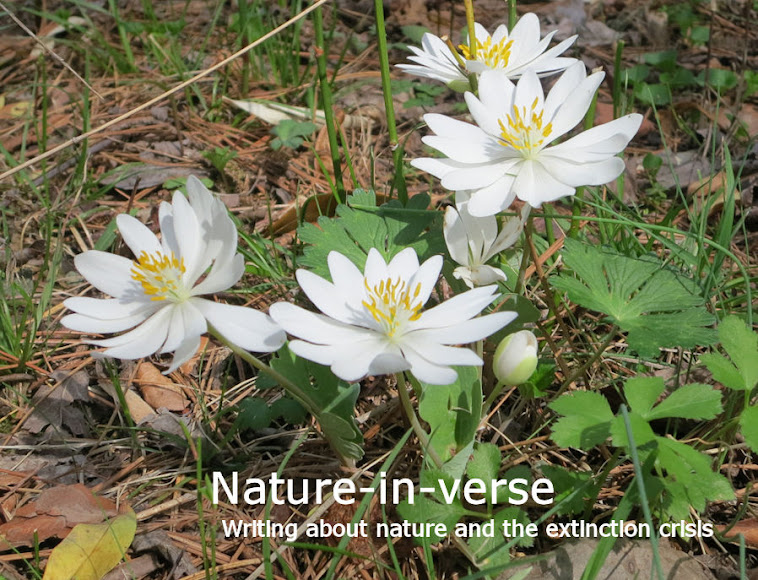Although a stunning image of the artifical lights created by humans to light the night, all of the light streaming off into space blinds our view of the stars. But, it does more than that.
Turning night into day is having adverse effects on many species on Earth - mammals, birds, insects, reptiles, amphibians, plants and even us. For billions of years, the dark of night has been ingrained into the DNA of species regulating hunting, mating, sleeping and eating. Our light pollution is interfering with these basic functions, which will result in many more endangered species.
One well known insect of the night, the firefly or lightening bug, is in decline and it's suspected that light pollution is the cause. The insect uses bio-luminescence to attract mates but because of night lights simulating daylight they become disoriented.
There's a citizen science project that you can take part in, that's happening right now, to help scientists assess the extent and impact of light pollution. It's simple and fun and something the whole family can do.
GLOBE at Night asks you to measure the brightness of your night sky and submit your observations on line. You can report now until April 9 or April 29 - May 8.
I'll be submitting my report tonight.
I want to help fellow species and I'd like to to continue to view the magnificence of the starry night.









